
The Vindication of Dewitt Clinton
By Noah Howard for the Cayuga County Office of Tourism
The Erie Canal stands as one of the most ambitious and transformative infrastructure projects in American history, but its success was anything but guaranteed. In the early 19th century, the idea of carving a 363-mile waterway through the wilderness of upstate New York seemed not just daunting but outright impossible. Governor DeWitt Clinton, the canal’s chief proponent, faced immense skepticism from political rivals, financial critics, and established industries that saw the project as either a threat or a potential folly. The undertaking required an unprecedented level of engineering ingenuity, labor, and funding at a time when large-scale public works were rare in the United States. Many saw the canal as a foolish gamble, or an extravagant waste of resources that would bankrupt the state before it ever proved useful.
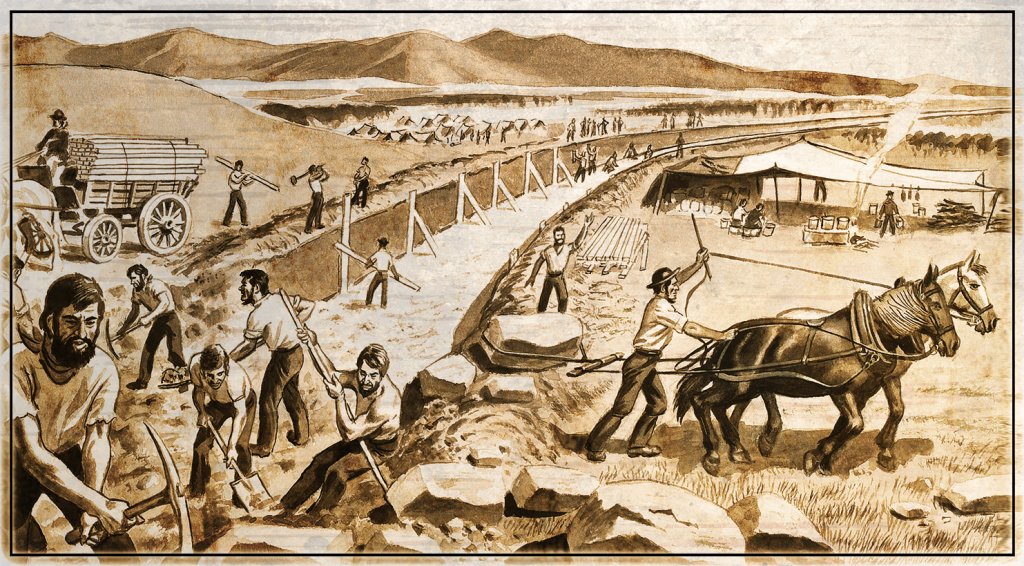
Yet, against all odds, Clinton pressed forward, overcoming ridicule, political obstruction, and financial uncertainty to bring his vision to life. When the Erie Canal finally opened in 1825, it was an astonishing success, exceeding even the most optimistic expectations. It revolutionized trade, slashed transportation costs, fueled the rapid growth of cities like Bualo, Rochester, and Syracuse, and cemented New York City as the nation’s economic powerhouse. What was once derided became one of the most profitable and influential public works projects in American history. The story of the Erie Canal is not just one of engineering triumph but of determination, vision, and the power of bold ideas to reshape a nation.
Below are some of the challenges, objections, and oppositions
that DeWitt Clinton’s detractors leveled at his plan.
The Political and Financial Climate
At the time of Clinton’s proposal, the U.S. federal government was not funding large-scale infrastructure projects, so New York State had to take on the financial burden alone. The canal’s estimated cost of $7 million (an enormous sum for the time) raised concerns that the project would bankrupt the state.
Many legislators, especially those outside the canal’s projected route, questioned whether it was worth the investment. They feared that it would be a boondoggle—an expensive endeavor that would never be completed or pay for itself.
The “Clinton’s Ditch” Ridicule
Critics mockingly referred to the proposed canal as “Clinton’s Ditch,” believing it to be an absurd fantasy. The idea of constructing a 363-mile waterway through dense forests, swamps, and rocky terrain with no prior American precedent seemed laughable to many. The sheer scale of the project was daunting, and skeptics questioned whether engineers of the time could even complete such a feat.
Opposition from Established Interests
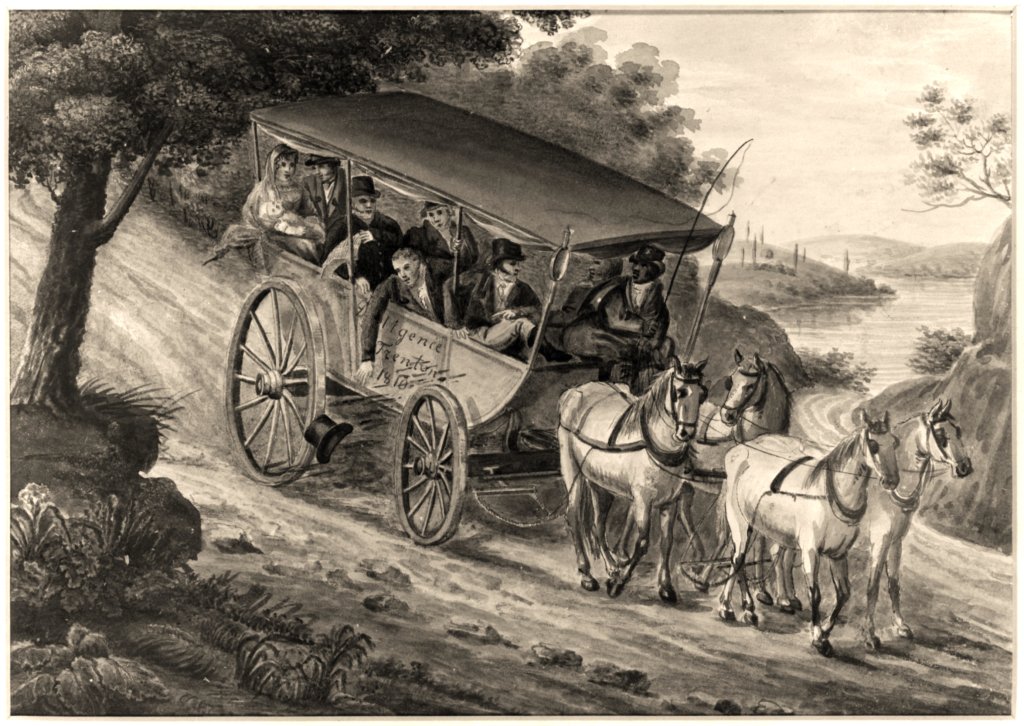
Clinton’s canal plan threatened the interests of various groups. Turnpike operators and wagon transporters, who profited from overland transportation, viewed the canal as a direct threat to their livelihoods. Hudson River and Atlantic Coast traders also feared that the canal would divert trade from New York City and shift economic power further inland. Additionally, Clinton faced opposition from political rivals, as he was a divisive figure in New York politics. Many of his adversaries, particularly those aligned with Martin Van Buren and the Albany Regency, opposed the canal simply because it was his project.
Engineering Doubts
Many skeptics doubted that the technology and workforce available in the early 1800s were capable of building such a massive waterway. The project required creating locks to handle elevation changes, cutting through rock, and crossing rivers and streams. Since America had never built anything of this scale, critics claimed it was an unrealistic endeavor.
Lack of Federal Support
Clinton initially sought federal funding for the project, but President James Madison and Congress refused, partly due to political rivalries and partly because they shared the widespread belief that the project was unfeasible. With no federal backing, Clinton and New York had to raise the money themselves through state bonds.

Vindication! The Erie Canal’s Astounding Success
The completion of the Erie Canal in 1825 proved to be one of the most transformative events in American economic and transportation history. The canal’s overwhelming success was almost immediate, silencing critics who had once derided it as “Clinton’s Ditch” and proving that DeWitt Clinton’s vision had been nothing short of revolutionary.
Before the canal’s construction, transporting goods between the Great Lakes and the East Coast was a slow, arduous, and expensive process. A typical overland journey from Bualo to New York City could take weeks, and the cost of moving a single ton of cargo was around $100. With the Erie Canal, this same trip could be completed in just a few days, and the transportation cost plummeted to as little as $10 per ton, one-tenth of the previous cost.
This dramatic reduction in cost and travel time meant that farmers, merchants, and manufacturers could now transport goods quickly and aordably, opening up entire new markets that had been previously inaccessible.
One of the most profound effects of the Erie Canal was the rapid rise of New York City as the dominant economic center of the United States. The canal connected the agricultural riches of the Midwest to the port of New York, allowing raw materials such as wheat, lumber, and furs to flow eastward, while manufactured goods and supplies moved westward.
By the 1830s, New York’s port was handling more cargo than Boston, Baltimore, and New Orleans combined. The city’s population and wealth skyrocketed, making it the nation’s financial and commercial powerhouse, a status it maintains to this day.
The Erie Canal played a pivotal role in opening the American interior. As transportation became easier and cheaper, thousands of settlers moved westward into Ohio, Michigan, Indiana, and beyond. Towns and cities sprang up along the canal route, with places like Rochester, Syracuse, and Bualo growing from small villages into major economic centers. The Midwest, once isolated and difficult to reach, was now closely tied to the Eastern Seaboard, accelerating its development and integration into the national economy.
Despite initial fears that the canal would be a financial disaster, it quickly became one of the most profitable public works projects in American history. The state of New York funded the canal’s construction through bonds, but tolls from canal traffic paid of the entire debt within just a few years.
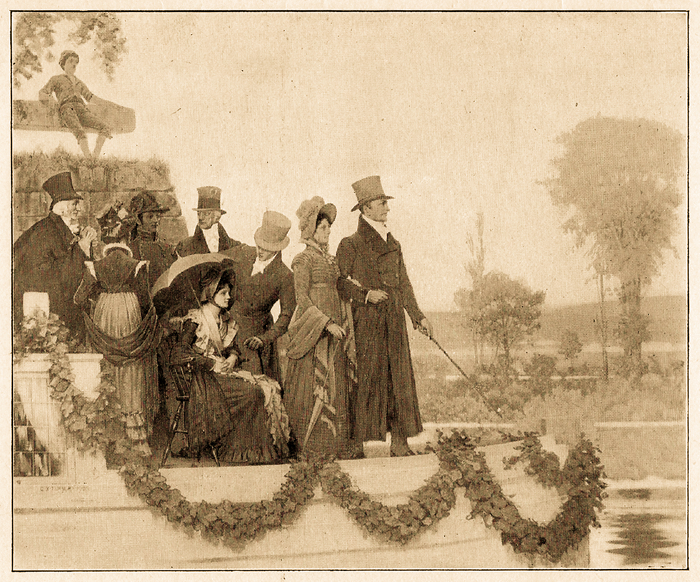
By the mid-19th century, the canal was generating millions in revenue annually, fueling further infrastructure development and cementing New York’s status as the Empire State. The Erie Canal also revolutionized civil engineering in the U.S. Before its construction, America had little experience with large-scale infrastructure projects. The techniques developed during the canal’s construction, such as the use of locks, aqueducts, and artificial channels, set the stage for future projects like the Chesapeake and Ohio Canal and the expansion of the nation’s railroad system. Many of the workers and engineers who gained experience on the Erie Canal went on to contribute to later transportation projects, spreading their expertise across the country.
Clinton’s Legacy Rewritten
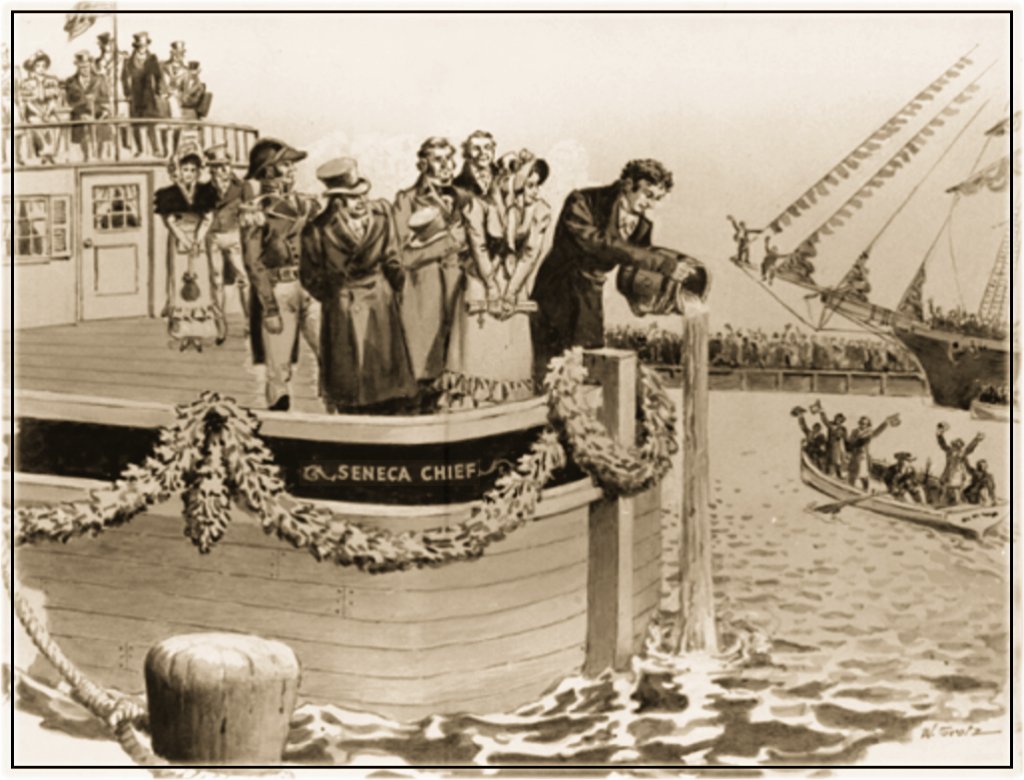
By the time the canal opened in 1825, Clinton’s detractors had no choice but to acknowledge its success. The same political figures who had opposed him now rushed to take credit for the canal’s benefits. Clinton himself took a triumphant ceremonial journey along the canal in his packet boat the ‘Seneca Chief’, famously pouring a keg of Lake Erie water into the Atlantic Ocean in what was called the “Wedding of the Waters.”
Governor Dewitt Clinton’s unwavering vision and perseverance not only reshaped the economic and political landscape of the United States but also set a precedent for ambitious infrastructure projects across the nation. After years of skepticism and political opposition, he ultimately earned widespread recognition as one of the most forward-thinking leaders of his time.
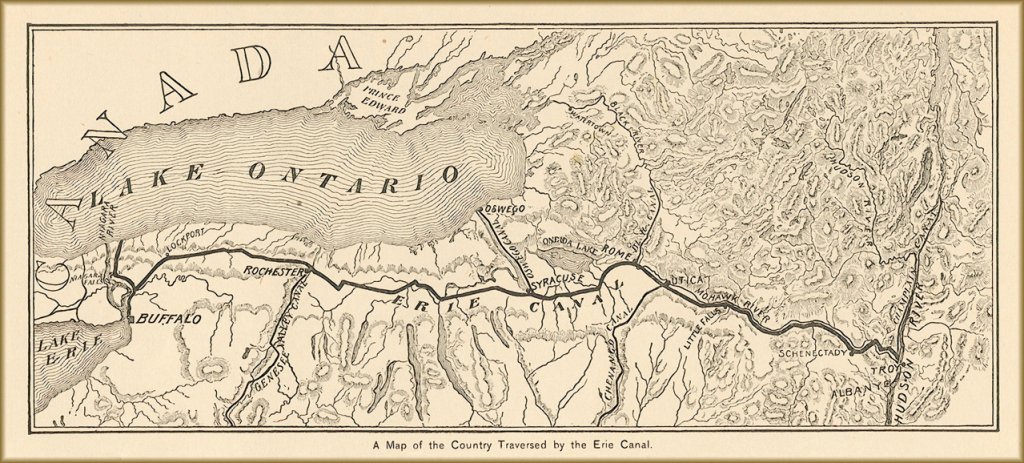
👉Learn more about the Erie Canal and bicentennial celebrations happening in 2025 …